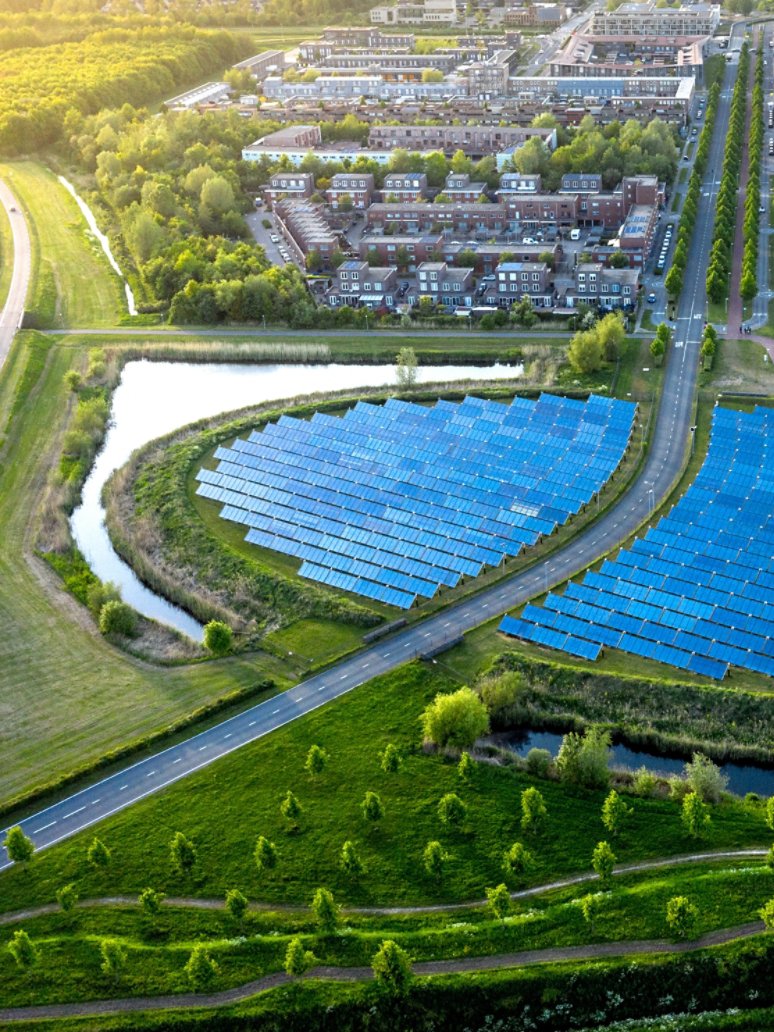
By Faith Taylor, Global Sustainability, ESG and Social Impact Officer at Kyndryl
Technology is essential to accelerating sustainability efforts. But to maximize technology’s impact on net zero goals, businesses first need a strong data foundation.
According to the Global Sustainability Barometer, a study released by Kyndryl in collaboration with Microsoft, many sustainability and technology leaders find it challenging to integrate their sustainability and data strategies. And only 37% of organizations say they are making full use of technology to achieve their sustainability goals — a missed opportunity when artificial intelligence has the potential to fast-track sustainability efforts.
No matter the maturity of their sustainability programs, businesses can overcome these hurdles and start to directly reduce their environmental footprints by building a data-centric culture: a comprehensive, connected and strategic approach to managing sustainability data. This requires collaboration between finance, IT and sustainability teams, according to the Sustainability Barometer.
Focusing on data will equip enterprises to navigate increasing regulatory requirements, meet evolving stakeholder demands and seize opportunities to turn sustainability into a catalyst for growth. A solid data foundation can also help businesses reduce their emissions by informing decisions that optimize resources and cut back on carbon outputs.
With the right data strategies and trusted technology partners in place, businesses can turn sustainability from a missed opportunity into a driver of business success.
Here are five steps sustainability and technology leaders can take today to build data-centric cultures that shrink their environmental footprints:
1. Establish a baseline by acquiring emissions data across operations
Before businesses establish meaningful sustainability benchmarks and track their results, they need to develop an emissions baseline. This involves obtaining accurate and comprehensive sustainability data from multiple functions and disparate sources — real estate, infrastructure, business processes, utilities, employee activities and supply chain, to name a few. To prioritize and gather the right data, businesses should embrace cross-functional collaboration that connects data silos and streamlines processes. They should also follow industry best practices of defining scope, boundaries and estimation processes.
2. Ensure data integrity to set transparent goals
As they advance their sustainability journeys, businesses need to set targets that are backed by science and facts. To ensure data integrity, businesses need to map their data sources, validate inputs with documentation and put the controls in place that are needed to report their information. They can also use software tools to identify reporting errors and help fill data gaps as they work to achieve third-party validation, both internally and externally. Today, regulatory requirements mandate that third-party validation is required for reporting. And these actions can provide consumers, customers and investors with the transparency they increasingly seek.
3. Make further investments in technology
Technology investment can enable companies to collect, integrate and learn from their data. Automation, Internet of Things (IoT) sensors and blockchain, for example, can simplify data collection and help businesses understand their emissions, as well as those associated with their supply chains. And by implementing newer technologies such as predictive AI, businesses can prepare for the future by forecasting their energy consumption and anticipating risks. Most organizations use AI to monitor their current energy use, but only a third are using their data to predict future use, the Sustainability Barometer found.
4. Consider sustainability management solutions
The Sustainability Barometer found that only 15% of organizations can provide their employees with real-time sustainability dashboards. Sustainability management solutions can offer businesses full visibility into their environmental footprints from beginning to end — across operations and IT infrastructure — that most currently lack. Management solutions can also calculate and harmonize enterprises’ sustainability data while delivering data-driven insights that lead to reduced environmental footprints. Most important, solutions can align data with regulatory requirements and outline gaps and opportunities for data reporting.
5. Align modernization with sustainability goals
With a data-centric culture in place, businesses will be able to consider and adjust their energy usage to meet their environmental goals. But they can also directly reduce emissions by aligning modernization efforts with sustainability goals. As businesses move workloads to the cloud, or green their IT infrastructure, or digitize their workspace, they can reduce their emissions. Further, cloud providers’ use of renewable energy sources and virtualization that results in improved energy efficiency also reduces consumption and can help companies meet their environmental goals.
Fewer than half of the organizations surveyed in the Sustainability Barometer are using technology to reduce their environmental footprints. As pressure mounts to address the climate crisis, more businesses will look to technology to advance their sustainability goals.
Collective action can accelerate progress and innovative solutions can reduce environmental footprints on a global scale. But to harness technology’s full power, businesses must start with their data. Positive — and lasting — environmental change depends on the basic first step of data collection, validation and reporting.


